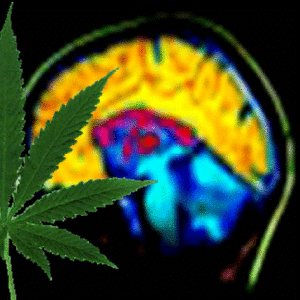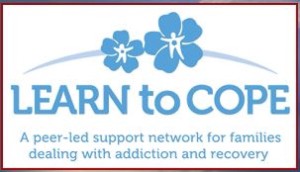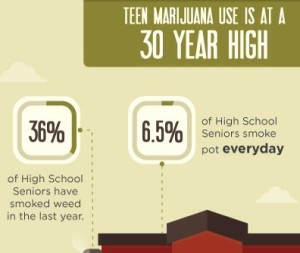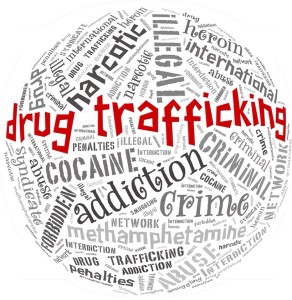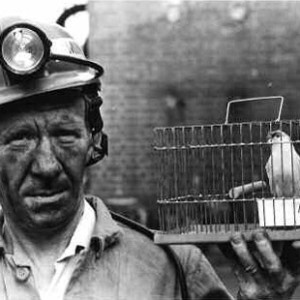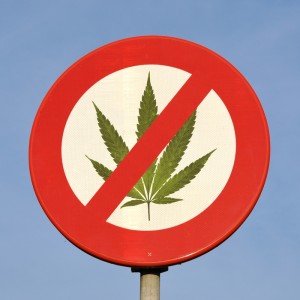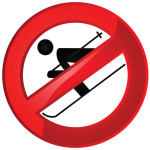
We can already see the damage done by rising levels of increasingly potent marijuana use.
But quality science is catching up and is now methodically providing a body of evidence detailing the damage done by the drug.
From a policy perspective, pot legalization has produced the following results in CO:
What’s up?
- black market sales and illegal drug diversion are up.
- child drug exposures/poisonings are up
- pot-related problems in schools are up
- ER visits for adverse reactions to pot are up
- marijuana-positive traffic deaths are up
- workplace positives on drug tests are up
- mj addiction treatment is up
- butane hash oil explosions and fires are up
- marijuana-related deaths are up
- potency and concentration of THC are way up, hence new levels of damage being done by the drug
- exposures during pregnancy, and hence infancy, are up
This list could be a lot longer, but that’s what we know so far. Continue reading Junk Science, Real Harm: the Marijuana Reality

